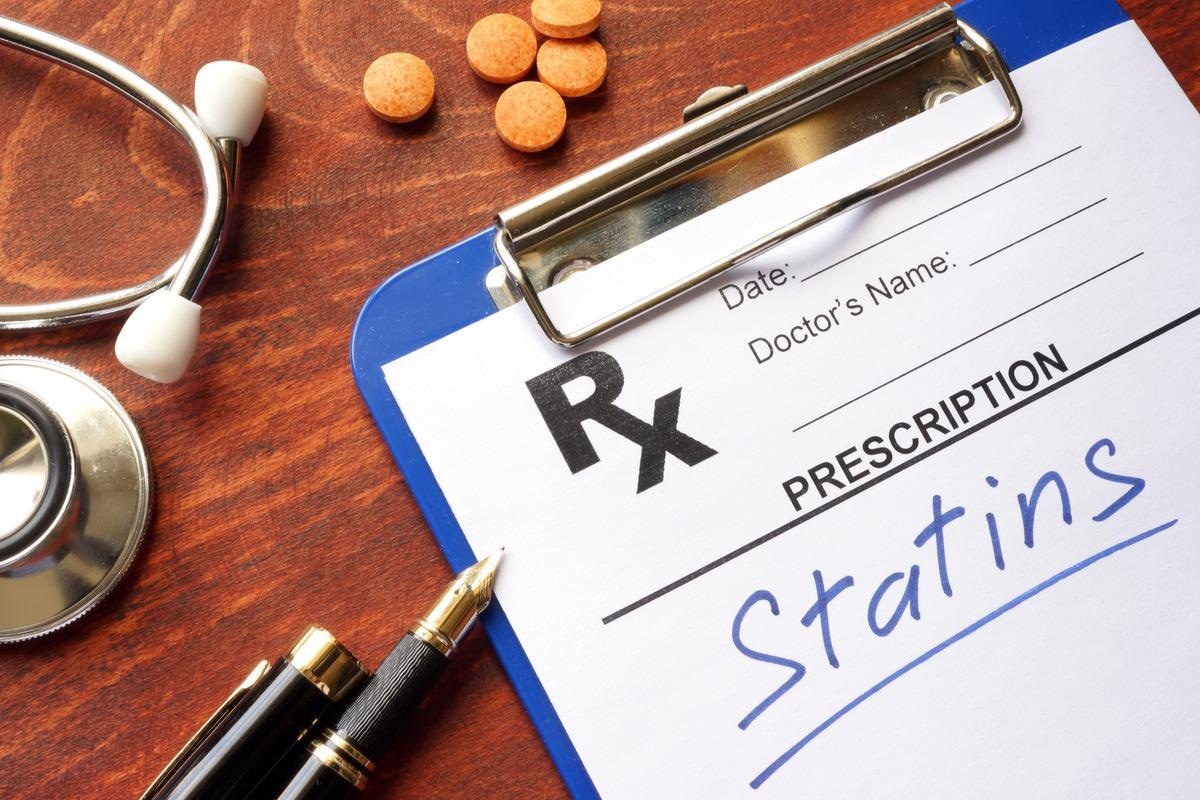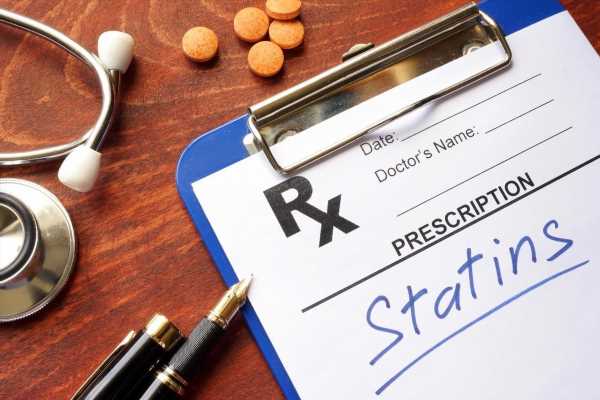A class of drugs called statins can reduce mortality in patients with coronavirus disease 2019 (COVID-19). They share a target and lipid-modifying mechanism of action.

A new computational study explores the possibility that different statins may exhibit different effects within the host and therefore may differ in their outcomes while treating patients with COVID-19.
A preprint version of the study, which is yet to undergo peer review, is available on the medRxiv* server.
Statins
During the COVID-19 pandemic, several approved drugs were repurposed for the treatment of COVID-19. Statins are one such class of drugs. Statins inhibit the enzyme HMG-CoA reductase (HMGCR). They also upregulate the enzyme heme oxygenase-1 (HO-1). They are anti-inflammatory and immunomodulatory. They are prescribed to lower lipid and cholesterol levels.
Statins reduced the mortality rate of COVID-19 patients. However, one study showed that statins did not improve COVID-19 patient outcomes.
Thus, even though statins share a mode of action, their ability to affect COVID-19 patient outcomes may differ. This makes it important to identify the statins that positively influence COVID-19 patient outcomes. This could help make informed decisions about statin selection for COVID-19 treatment.
Computational predictions
Repurposing of approved drugs has been predicted via in silico screens. Computational methods have included artificial intelligence, network diffusion, or network proximity algorithms. Algorithmic inputs included the human protein interactome, drug targets, docking structures, research literature, or severe acute respiratory syndrome coronavirus disease 2 (SARS-CoV-2) targets.
These in silico screens provided several potential drugs which were further validated in in vitro and pre-clinical testing. However, translation of this data to clinical efficacy has been challenging and very few drugs have been repurposed for COVID-19 treatment.
Therefore, computational predictions should be coupled with real-world evidence like electronic health records (EHRs) for clinical validation.
Compound predictions, in vitro testing, and database analyses
In this study, the investigators used a Network Model for Causality-Aware Discovery (NeMoCAD) computational tool based on Bayesian statistical network modeling to predict drugs that shifted the host transcriptomic response against SARS-CoV-2 infection towards a healthy state. The drug target or mechanism of action were not pre-defined for these analyses. A total of 14 transcriptomics datasets from 72 autopsy samples and 465 COVID-19 patient samples or cultured human cells and organoids infected with SARS-CoV-2 and 2,436 drugs were analyzed.
Statins were among the top drug predictions, which were further tested for inhibition of SARS-CoV-2 infection in Vero E6 cells and OC43 coronavirus infection in human endothelial cells.
A retrospective analysis of a database containing EHRs of over 490,000 COVID-19 patients was performed. More than 4,000 COVID-19 patients were actively taking statins. The data was also analyzed to draw a correlation of specific statins with the mortality risk in patients versus untreated matched controls.
Divergent actions of statins
NeMoCAD identified different drugs for each transcriptomics dataset. Of these, 172 drugs were relevant to all samples. Several statins were predicted more than average. Simvastatin was predicted in all 14 datasets, pravastatin in 13 datasets, and lovastatin in 12 datasets. Simvastatin and fluvastatin were predicted most frequently among the top 25% compounds.
In the viral infection experiments, simvastatin was a potent inhibitor of SARS-CoV-2 and OC43 coronavirus compared to other statins. It also reduced cytokine production in endothelial cells. Thus, different statins may offer varying degrees of protection to COVID-19 patients.
COVID-19 patients were prescribed atorvastatin, lovastatin, pravastatin, rosuvastatin, or simvastatin. In the data analyzed, none of the patients were prescribed fluvastatin. Analysis of EHRs showed that only a subset of statins reduced mortality risk in COVID-19 patients. This included simvastatin and atorvastatin. The mortality rate among the atorvastatin-treated patients was 16.1% (versus 20.4% among controls), among rosuvastatin-treated patients it was 13.1% (versus 21.0% among controls), and among simvastatin-treated patients it was 19.5% (versus 23.3% among controls).
Conclusion
Computational studies can identify and validate approved drugs allowing the repurposing of drugs.
Even though statins share a common mechanism, they exhibit divergent effects on the host response to SARS-CoV-2 infection.
In vitro experiments suggest that some statins may have antiviral properties. Only a few statins correlate with decreased morbidity and increased survival in COVID-19 patients.
Statins are a seemingly homogeneous drug class, but they demonstrate hidden divergent activities.
*Important notice
medRxiv publishes preliminary scientific reports that are not peer-reviewed and, therefore, should not be regarded as conclusive, guide clinical practice/health-related behavior, or treated as established information.
- Sperry MM, Oskotsky T, Mari I, Kaushal S, Takeda T, Horvath V, et al. (2022). Different HMGCR-inhibiting statins vary in their association with increased survival in patients with COVID-19. medRxiv. doi: https://doi.org/10.1101/2022.04.12.22273802 https://www.medrxiv.org/content/10.1101/2022.04.12.22273802v1
Posted in: Medical Science News | Medical Research News | Disease/Infection News
Tags: Anti-Inflammatory, Artificial Intelligence, Atorvastatin, Cholesterol, Clinical Testing, Compound, Coronavirus, Coronavirus Disease COVID-19, covid-19, Cytokine, Drugs, Efficacy, Enzyme, Immunomodulatory, in vitro, Interactome, Mortality, Organoids, Pandemic, Protein, Research, Respiratory, Rosuvastatin, SARS, SARS-CoV-2, Severe Acute Respiratory, Severe Acute Respiratory Syndrome, Statin, Syndrome, Transcriptomics, Translation

Written by
Dr. Shital Sarah Ahaley
Dr. Shital Sarah Ahaley is a medical writer. She completed her Bachelor's and Master's degree in Microbiology at the University of Pune. She then completed her Ph.D. at the Indian Institute of Science, Bengaluru where she studied muscle development and muscle diseases. After her Ph.D., she worked at the Indian Institute of Science, Education, and Research, Pune as a post-doctoral fellow. She then acquired and executed an independent grant from the DBT-Wellcome Trust India Alliance as an Early Career Fellow. Her work focused on RNA binding proteins and Hedgehog signaling.
Source: Read Full Article
